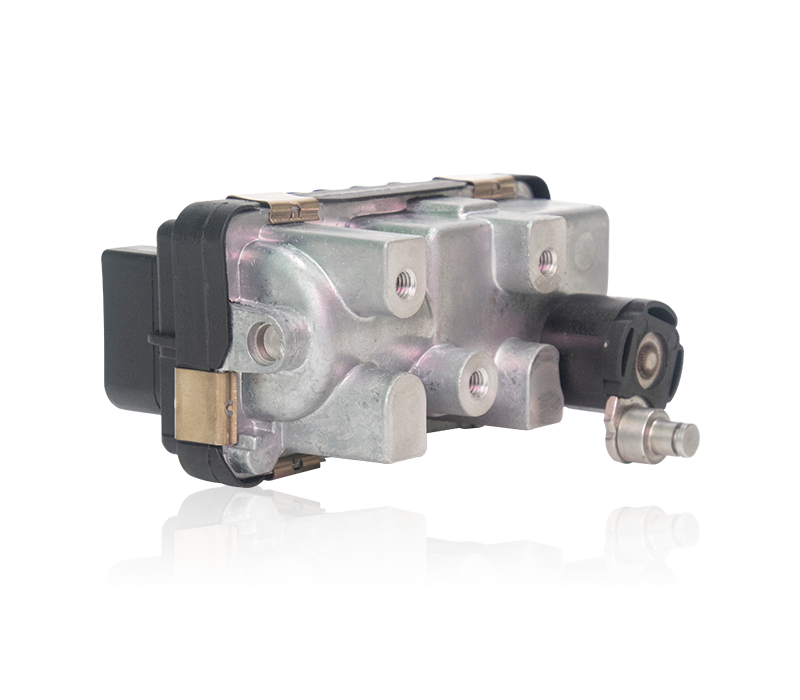You can check the Toyota Turbo Actuator if you notice a […]
You can check the Toyota Turbo Actuator if you notice any signs of leaking fuel, or you might have to replace it if your car's performance has suffered. To find the cause of the problem, you may have to go through the vehicle's history to determine if the turbo has experienced previous problems. Some warning lights could indicate a more serious problem elsewhere in the vehicle. Depending on your specific model, it is possible to replace the entire turbocharger or a component.
In most cases, the turbo is on the same circuit as the injectors, and a failure to align the vanes properly will result in increased boost pressure and a choking engine. In either case, you'll want to replace the Toyota Turbo Actuator, which is located inside the engine's intake manifold. The valve is connected to the black cap and the electronics, but they shouldn't be touched.
To check the state of your turbocharger, you should check the REA/SREA electrical connector. It should be in place and secured. Some models of the actuators won't move until the engine is running. You can also test whether there's water damage by removing the stepper motor and checking its connector. Make sure that the wiring has not been weakened by moisture or water. A faulty electronic actuator can lead to the vehicle's engine failing to rev up, and this can lead to costly repairs.
In some cases, you can also check the condition of the old turbo by visiting a mechanic. If it is too old, he will check the oil feed pipe. In this case, you should replace the oil feed pipe too. Purchasing a new turbo for your Toyota will ensure smooth functioning of the engine. If it's too old, you'll need to change the oil feed pipe. If your Toyota Turbo Actuator is too low, you should buy a new one.
